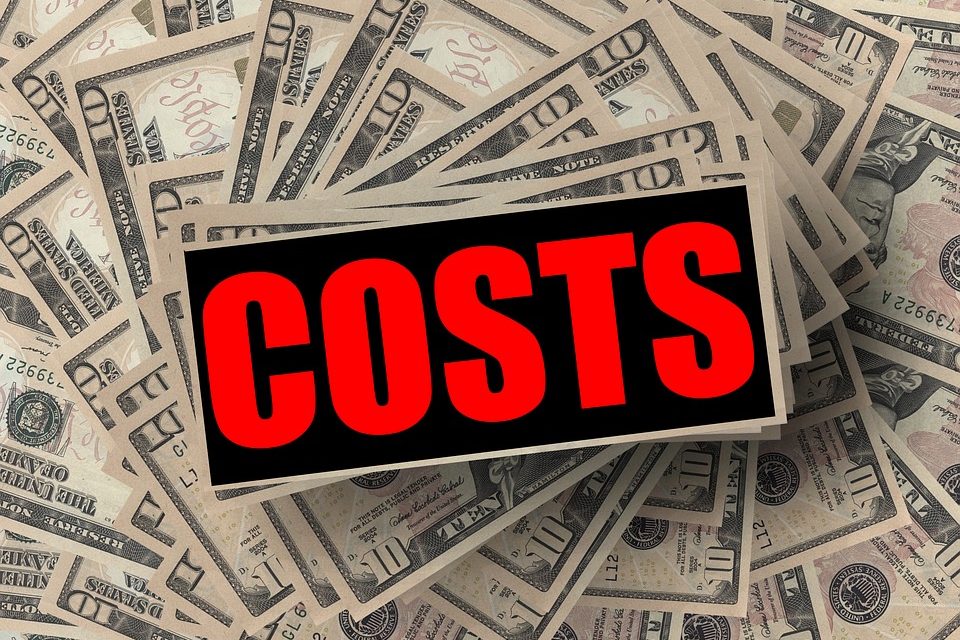You won’t achieve long-term profitable growth merely by slashing your costs. That’s usually a defensive strategy.
Why? Many of your expenses actually represent opportunities for your business growth. It’s true.
While it’s common for entrepreneurs to be fearful and reactionary in the face of expenses, it’s more productive to be unemotional when making decisions to bolster objectives.
Wholesale cost-cutting isn’t an approach that will enable you to go on offense. To grow, you must remain on offense.
True, profitable business leaders do cut expenses to align their costs with their business strategies. But they do it strategically.
They know cutting the right costs translate into opportunities that prepare them for growth by unleashing resources that actually support progress.
You can, too. By strategically cutting costs, you will develop a resilient business-growth model.
Start with understanding and identifying the differences in your expenses and how they align with the marketplace while concurrently keeping in mind your customers’ needs and preferences,
Hint: Always remember your customers and clients have to cope with the same uncertainties as you.
So, strive to fully grasp your customer needs and wants as well as the necessary techniques you can use to enhance your abilities to respond to your customers.
Just as you differentiate your company to your customers, you must differentiate your costs to propel your business growth.
A reminder about value: For instance, are you always mindful that your customers expect value? And that value to one customer might differ from another?
In analyzing value, they always look for convenience.
They inherently want to easily understand your offerings. They want it to be easy to buy your products and services. And they want to easily maintain your product or use your services.
Before launching cost-cutting initiatives, understand how each of your costs affects your business.
Just as you differentiate your company to your customers, you must differentiate your costs to propel your business growth.
In other words, keep in mind that costs aren’t necessarily harmful.
Here are strategies for dangerous costs, helpful costs, and necessary costs:
1. Dangerous costs
Dangerous costs are wasteful. They don’t align well with your business growth objectives and should be cut immediately. The savings should be allocated to the resources that promote growth.
2. Helpful costs
Once you fully understand your customers, you can choose to embrace helpful costs. Then, you can use them as investments in your business.
For example, do you need to invest in certain technology that placates your customers?
In my consulting practice which includes marketing, some of my clients have used media advertising in their marketing mix. So we used testimonials and interviews of my clients.
Rather than ask each of them to drive 30 miles from their suburban locations to downtown Seattle recording studios – over my accountant’s objections – I purchased broadcast-quality mobile equipment to record interviews at client sites. That saved them time and money and kept them happy clients for years.
3. Necessary costs
Actually, necessary costs will set you apart from your competition. Competitors will try to copy your strategies.
However, my sense is that when done well nothing is ever as good as the original – even when replicated. Necessary costs will help you construct and multiply your differentiated services and products.
From the Coach’s Corner, here are related resources:
Manage Health Costs by Improving Your Culture 3 Ways — Is your company saddled with high health costs? By improving your culture in three ways to minimize stress, your company will improve performance and long-term sustainability.
For the Best Cash Flow, Manage Your Inventory Costs with 8 Tips — With proper inventory management, you can lower your expenses and increase your cash flow. For many businesses, it means taking a look at your inventory costs.
To Cope with Rising Costs, Review your Pricing Strategy — Increased costs weigh heavily on the bottom line. If you’re being pressured by costs, it’s probably time to review your pricing strategy.
8 Strategies When Sales Drop and Costs Cut into Your Profits — If your sales are down and costs are hurting your profits, you’re not alone. The irony is you can do something about it — with these eight tips.
19 Best Practices in Due Diligence for Profitability — To lead your company to high profitability – and to stay there – due diligence is needed in critical values.
“Beware of little expenses. A small leak will sink a great ship.”
-Benjamin Franklin
__________






